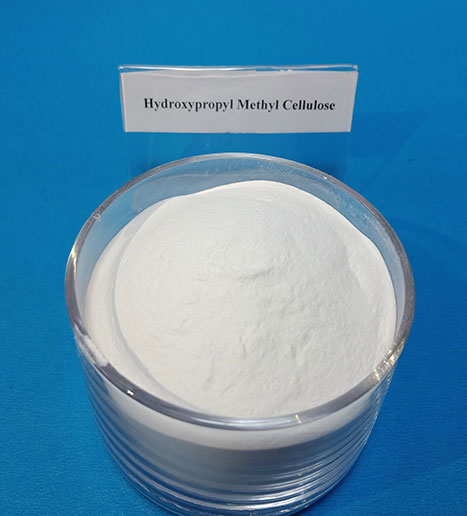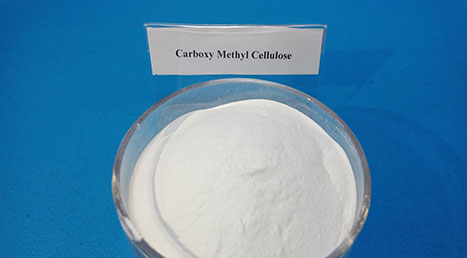Hydroxypropyl methylcellulose and sodium carboxymethylcellulose can be mixed
Hydroxypropyl methylcellulose (HPMC) and sodium carboxymethylcellulose (CMC) are cellulose derivatives that are widely used in various industries due to their unique properties. While they share some similarities, such as being water-soluble polymers derived from cellulose, they have unique properties that make them suitable for different applications. Blending these two cellulose derivatives can provide certain advantages in specific formulations, but understanding their individual properties, compatibility, and potential interactions is critical.

Hydroxypropyl methylcellulose (HPMC):
Hydroxypropyl methylcellulose is a semi-synthetic water-soluble polymer made from chemically modified cellulose. It is widely used in industries such as construction, pharmaceutical, food and personal care products. Key features of HPMC include:
Water solubility: HPMC is easily soluble in cold water, forming a transparent, colorless solution.
Thermal Stability: It has good thermal stability and is suitable for applications involving temperature changes.
Film Formation: HPMC can form films and can be used for coating tablets, capsules and other pharmaceutical preparations.
Thickening and binding: It is an effective thickening and binding agent, helping to increase the viscosity and stability of the solution.
Surface activity: HPMC can be used as a surfactant to improve the wettability and dispersion of particles.

Sodium carboxymethylcellulose (CMC):
Sodium carboxymethyl cellulose, commonly known as CMC or cellulose gum, is another water-soluble cellulose derivative. It is widely used in the food industry, pharmaceuticals, textile and paper production. Key features of CMC include:
Water Solubility: CMC is highly water soluble, forming clear solutions with varying viscosities.
Thickening and Stabilizing: It is an effective thickening and stabilizing agent with a wide range of uses.
Ionic Properties: CMC is an anionic polymer, meaning its molecular chains carry a negative charge. This property affects its interactions with other substances.
Film Formation: Similar to HPMC, CMC can form thin films, providing barrier properties.
Suspending agent: It acts as a suspending agent to prevent particles in a solution from settling.
Mixing HPMC and CMC:

Compatibility of HPMC and CMC depends on the specific formulation and intended application. In some cases, mixing these two cellulose derivatives can produce a synergistic effect, combining the advantages of both polymers. However, certain factors should be considered when mixing HPMC and CMC:
Ionic Interactions: The ionic nature of CMC (anionic) and the non-ionic nature of HPMC may result in some degree of incompatibility. Formulations may need to be adjusted or stabilizers added.
Viscosity Control: Both HPMC and CMC increase viscosity and their combined use may require careful control to achieve the desired rheological properties in the final product.
pH sensitivity: CMC is sensitive to changes in pH and interaction with HPMC can affect its behavior. Understanding the pH requirements for your specific application is critical.
Formulation goals: Consider the desired properties of the final product, such as film-forming, adhesion, or stability, and adjust the mixture accordingly.
Testing and Optimization: Compatibility testing on a small scale is critical to ensure that the combination of HPMC and CMC performs as expected without compromising product quality.
Applications of HPMC and CMC mixtures:
Pharmaceuticals: Blending HPMC and CMC has advantages in pharmaceutical formulations, such as controlled-release tablets, where the combination provides film-forming properties and controlled viscosity.
Construction Materials: In the construction industry, blends of HPMC and CMC are used in mortar and cement formulations to provide enhanced water retention, workability and adhesion.
Food Industry: The food industry may benefit from a combination of HPMC and CMC in certain formulations, such as sauces or dressings that require a balance of viscosity and stability.
Personal Care Products: Formulations in the personal care and cosmetic industries, such as creams and lotions, may benefit from the film-forming and thickening properties of a combination of HPMC and CMC.
Adhesives: The adhesive industry can explore the use of HPMC and CMC blends to achieve desired rheological properties and improved bonding characteristics.
in conclusion:
In summary, while hydroxypropyl methylcellulose (HPMC) and sodium carboxymethylcellulose (CMC) have unique properties that make them valuable in various industries, their compatibility when mixed depends on the specific Formulations and Intended Applications. Combining these cellulose derivatives with additives can create a synergistic effect, providing a combination of film-forming, thickening and stability benefits.
